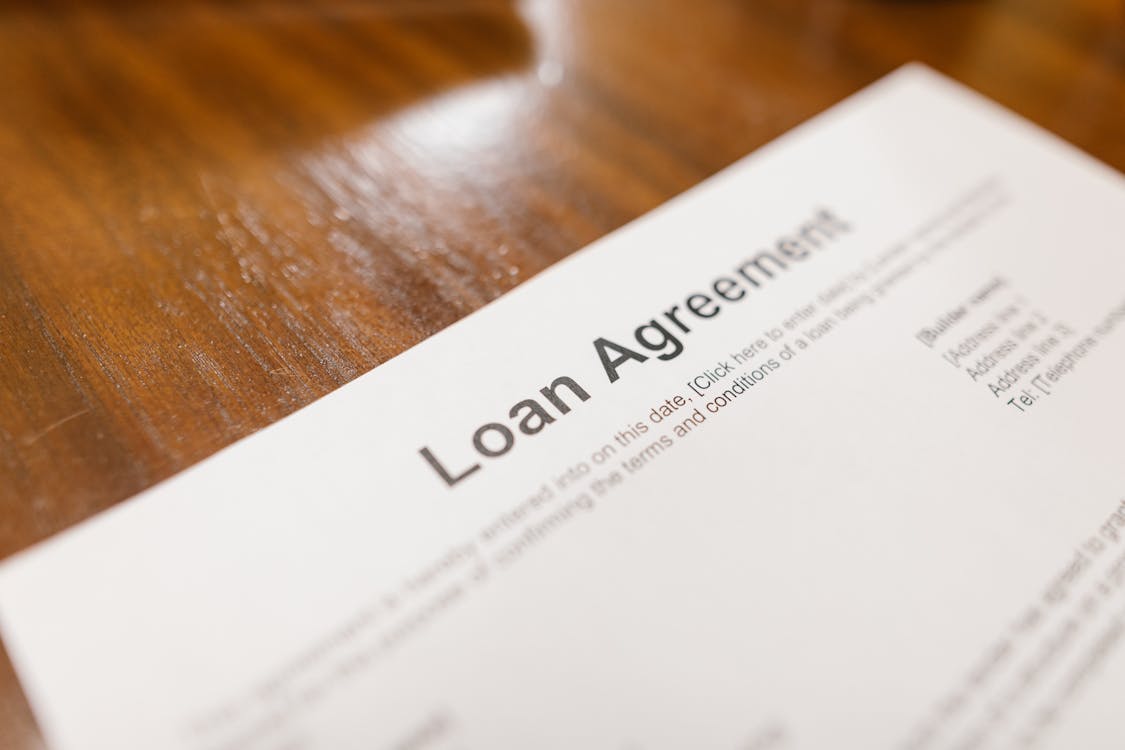In real estate investment, the strategy of fixing and flipping properties has gained significant traction over the years. This lucrative venture involves purchasing distressed properties, renovating them, and then selling them at a higher price to turn a profit.
However, executing successful fix and flip projects requires substantial financial resources, and this is where fix and flip loans come into play. In this comprehensive guide, we’ll delve into the concept of fix and flip loans, explore how to access them, outline their benefits, discuss the types available, and provide insights on obtaining them.
Understanding Fix and Flip Loans
Fix and flip loans are specialized forms of financing designed specifically for real estate investors engaged in property rehabilitation and resale. Unlike traditional mortgage loans, which are typically long-term and based on the borrower’s creditworthiness and income, fix and flip loans are short-term loans primarily secured by the property being renovated.
These loans provide investors with the capital needed to purchase distressed properties, cover renovation costs, and manage holding expenses until the property is sold. They offer flexibility, speed, and convenience, making them an ideal choice for investors looking to capitalize on opportunities in the competitive real estate market.
How to Access Fix and Flip Loans
Accessing fix and flip loans involves a straightforward process, albeit with certain criteria and considerations. Here’s a step-by-step guide:
Evaluate Your Financial Position: Before seeking financing, assess your financial situation, including credit score, income, and assets. While fix and flip loans are asset-based, having a good credit score can enhance your eligibility and terms.
Research Lenders: Explore different lenders specializing in fix and flip loans. Consider factors such as interest rates, loan terms, fees, and reputation. Online platforms, local banks, credit unions, and private lenders are common sources.

Prepare Documentation: Gather necessary documents, including property details, renovation plans, financial statements, and a business plan outlining your strategy and exit plan. Be transparent and organized to streamline the application process.
Submit Loan Application: Complete the lender’s application process, providing all required information and documentation. Some lenders may conduct property inspections or appraisals to assess the project’s viability.
Review and Negotiate Terms: Once you receive loan offers, carefully review the terms, including interest rates, loan-to-value (LTV) ratio, loan terms, and fees. Negotiate terms where possible to secure favorable conditions.
Close the Loan: After finalizing the terms and meeting any conditions, proceed to loan closing. Sign the necessary documents and disburse funds as per the agreement.
Benefits of Fix and Flip Loans
Quick Approval and Funding: Fix and flip loans offer expedited approval processes and rapid funding, enabling investors to capitalize on time-sensitive opportunities. This agility is crucial in competitive real estate markets where delays can result in missed deals.
Flexible Terms: Unlike traditional loans with rigid criteria, fix and flip loans feature flexible terms tailored to the investor’s needs. Lenders assess the property’s potential rather than solely relying on the borrower’s financial history, allowing for more customized financing solutions.
Asset-Based Financing: Fix and flip loans are primarily secured by the property itself, reducing the emphasis on the borrower’s creditworthiness. This asset-based approach expands access to financing for investors with limited credit or unconventional income sources.
Enhanced Profit Potential: By providing the necessary capital for property acquisition and renovation, fix and flip loans empower investors to maximize their profit potential. Efficient funding allows investors to execute projects more swiftly and undertake value-adding renovations that increase property value.
Diversification of Investment Portfolio: Incorporating fix and flip loans into an investment portfolio diversifies risk and enhances returns. Real estate investments offer inherent stability and long-term appreciation potential, complementing traditional investment assets such as stocks and bonds.
Types of Fix and Flip Loans
Several types of fix and flip loans are available, including bank loans, private money loans, and hard money loans. Among these options, hard money loans stand out as the preferred choice for many investors due to their distinct advantages:
Hard Money Loans: Hard money loans are provided by private investors or companies and are secured by the property being purchased. These loans have higher interest rates and shorter terms than traditional loans but offer quick approval and funding, making them ideal for time-sensitive fix and flip projects.
Additionally, hard money lenders focus primarily on the property’s value rather than the borrower’s credit score, allowing investors with less-than-perfect credit to access financing.
How To Get a Fix and Flip Loan
To secure a fix and flip loan successfully, follow these key steps:
Identify Potential Lenders: Research and identify reputable lenders specializing in fix and flip loans. Consider factors such as experience, track record, and customer reviews to narrow down your options.
Prepare Your Financial Documents: Gather essential financial documents, including proof of income, bank statements, tax returns, and credit reports. Organize these documents to present a clear picture of your financial health and capability to repay the loan.
Assess the Property: Conduct a thorough evaluation of the property you intend to purchase and renovate. Determine its current condition, market value, renovation costs, and potential resale value to gauge the project’s feasibility.
Develop a Comprehensive Business Plan: Create a detailed business plan outlining your fix and flip strategy, including acquisition costs, renovation budget, timeline, and projected profits. Presenting a well-thought-out plan demonstrates your preparedness and commitment to the project.
Submit Loan Application: Complete the lender’s application process, providing all required documentation and information. Be prepared to answer questions about the property, your renovation plans, and your financial situation.
Negotiate Terms: Review the loan offers carefully, paying attention to interest rates, loan terms, fees, and repayment schedules. Negotiate terms where possible to secure the most favorable conditions for your project.
Close the Loan: Once you’ve agreed upon the terms and conditions, proceed to close the loan. Sign the necessary documents, pay any closing costs or fees, and finalize the funding arrangement with the lender.
By following these steps and leveraging the benefits of fix and flip loans, real estate investors can embark on profitable ventures and achieve their financial goals with confidence.
Looking to fund your fix and flip project? Insula Capital Group offers fix and flip loans in South Carolina, Tennessee, Texas, Virginia, and more. Whether you’re in Atlanta, Baltimore, or Boston, we’ve got you covered.
From Charlotte to Chicago, Cleveland to Denver, and beyond, our flexible financing solutions help investors thrive. Wherever you’re flipping, count on Insula for reliable funding. Apply now by filling out this application!




